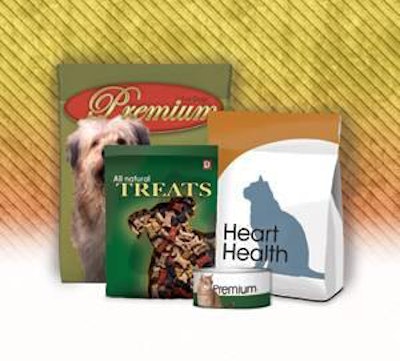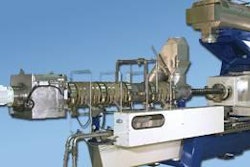
If you're a petfood professional in Russia, Thailand or South Africa, or you make treats, premium petfood or products with health and wellness claims, you're in the driver's seat behind the engines of industry growth.
According to Euromonitor International, while the growth rate of global dog and cat food sales fell to about 4% in 2009 after reaching a high of nearly 7% in 2008, that level of growth during a major recession is one most industries would envy. And our industry can thank specific regional markets and hot product categories for that relatively healthy increase leading to 2009 global sales of US$52 billion.
Regions such as Eastern Europe and Latin America are showing the highest petfood sales increases. For example, Eastern Europe grew about 12% in 2009, followed by Latin America at 10%, Euromonitor says. The Middle East and Africa recorded nearly 15% growth, though on a much smaller sales base. North America and Asia-Pacific have held their own, both growing at about 5% last year, while Western Europe and Australasia are lagging (only 2-3% growth in 2009).
Looking at individual countries, Russia scores in the top 10 by 2014 for largest petfood markets, coming in sixth, and fastest growing (Figure 1). Euromonitor projects the Russian petfood market will grow 11.8% a year through 2014, second only to India. Eastern Europe will have two other markets in the top 10 fastest growing: Romania and Slovakia.
In Latin America, Brazil reigns; Euromonitor projects it to be the second largest petfood market by 2014, reaching US$4.3 billion sales, behind only the US at US$20.2 billion. But only one country in Latin America, Venezuela, promises to be among the fastest growing.
For the first time, the top 10 growing markets include several from the Middle East and Africa-India, Morocco, South Africa and Indonesia-along with a couple Asian countries-Thailand and China-that have been on growth spurts for a few years now. Though most of these fast rising markets are starting from very small sales bases, their growth potential comes partially from how little commercially prepared petfood is currently fed vs. table scraps or homemade food. In Russia, for example, less than 15% of dogs and less than 20% of cats ate commercially prepared petfood in 2009.
In developed and developing petfood markets alike, Euromonitor says specific product categories have been growing the fastest for the past 10 years:
- Cat treats and mixers, at 8% growth;
- Premium dog food, 8%;
- Healthcare, 7%;
- Dog treats and mixers, 6%;
- Premium cat food, 6%;
- Dietary supplements, 5%;
- Economy dog food, 4%;
- Mid-priced dog food, 3%;
- Mid-priced cat food, 3%; and
- Economy cat food, 3%.
The "healthcare" segment is especially worth noting, as more and more petfood players-from multinational conglomerates such as Mars, Nestlé Purina, Colgate-Palmolive and Procter & Gamble to smaller, privately held companies, start-ups and manufacturers specializing in alternative categories such as raw and fresh-make claims based on health and wellness, specific conditions and functional ingredients.
Figure 2 shows the top health and wellness trends for dog and cat food products globally, according to Euromonitor. In most cases, these trends-grouped broadly under all natural and organic, fortified and functional, weight management and food allergies and hypoallergenic-got their start in human food and nutrition advancements. This is no surprise, given how pets have come to be treated like human family members, especially in so-called developed markets.
In fact, more and more ingredients used in human foods, supplements and other products are making their way into petfoods and treats. Figure 3 highlights some of these, especially the ones getting most of the attention in packaging and marketing claims, as well as others being used with less fanfare or undergoing research for possible benefits to pets.
If your company is capitalizing on these hot health and wellness trends, including use of such human-led functional ingredients, pay close attention to your communication, Euromonitor says. Though many people around the world have heard of most of the ingredients and may even consume or feed them to human family members, consumers may not understand these substances or their benefits, especially to pets.
Solid science is essential (and also helps with regulatory concerns), according to Euromonitor, but too much scientific detail can confuse consumers or turn them off. A clear message is the key.















